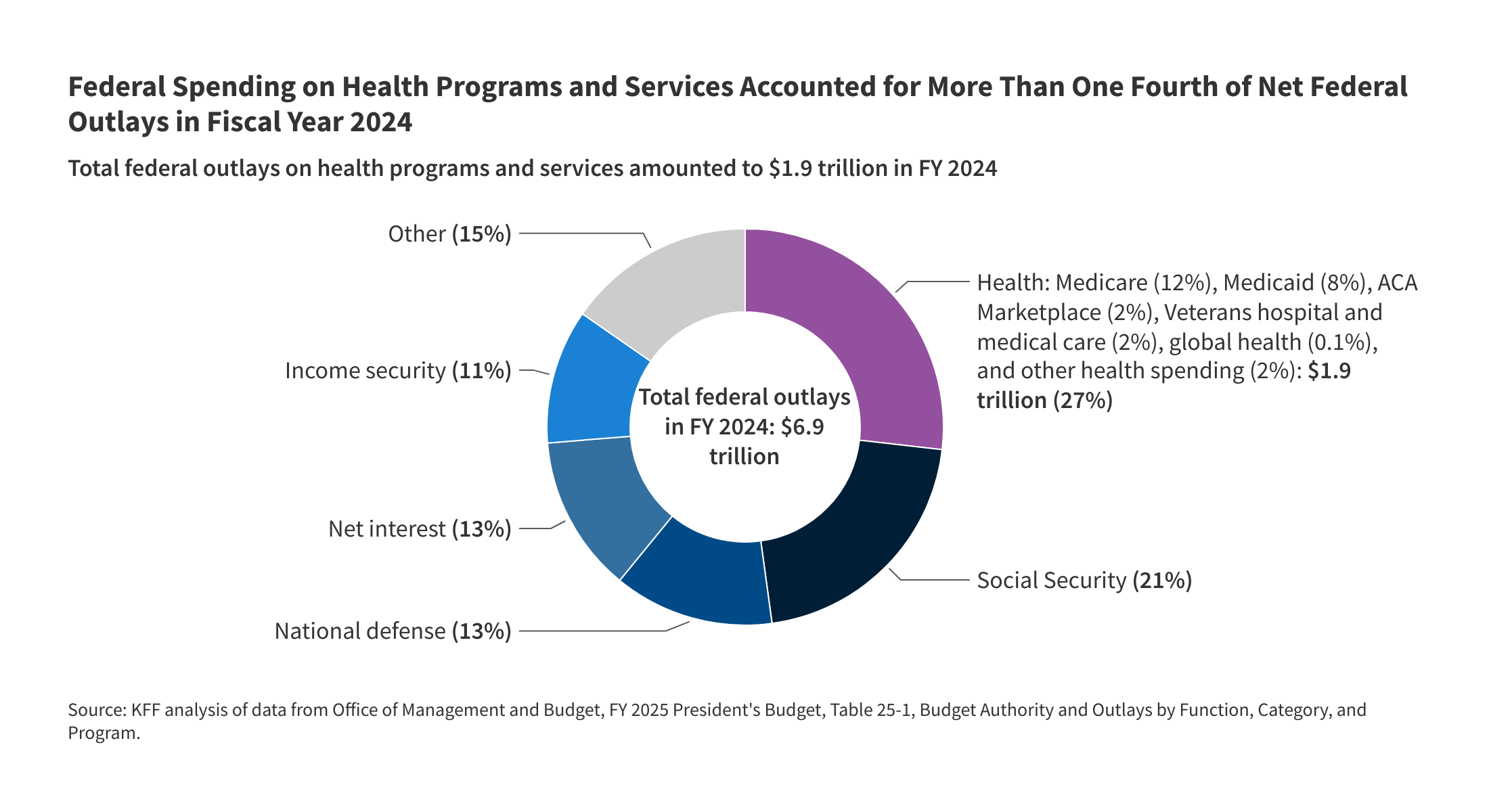Breaking Down the Billions: Inside Uncle Sam's Healthcare Spending Spree

As the political landscape heats up, Congressional Republicans and President Trump are embarking on a high-stakes budgetary challenge. Their mission: identify trillions of dollars in mandatory federal spending cuts that could potentially counterbalance the extension of expiring tax cuts. This critical analysis delves into the complex world of federal health program funding, examining both direct spending and tax subsidies that form the financial backbone of essential healthcare services.
The ongoing budget negotiations represent a pivotal moment in federal fiscal policy, where healthcare spending sits at the intersection of economic strategy and social welfare. By providing a comprehensive overview of current government support mechanisms, this brief offers crucial context for the intense budget discussions that will shape the nation's healthcare landscape in the coming years.
Policymakers face the delicate task of balancing fiscal responsibility with maintaining critical health services, making each budgetary decision a complex calculation of economic and social implications. The potential cuts and restructuring of health program funding could have far-reaching consequences for millions of Americans who depend on these vital support systems.
